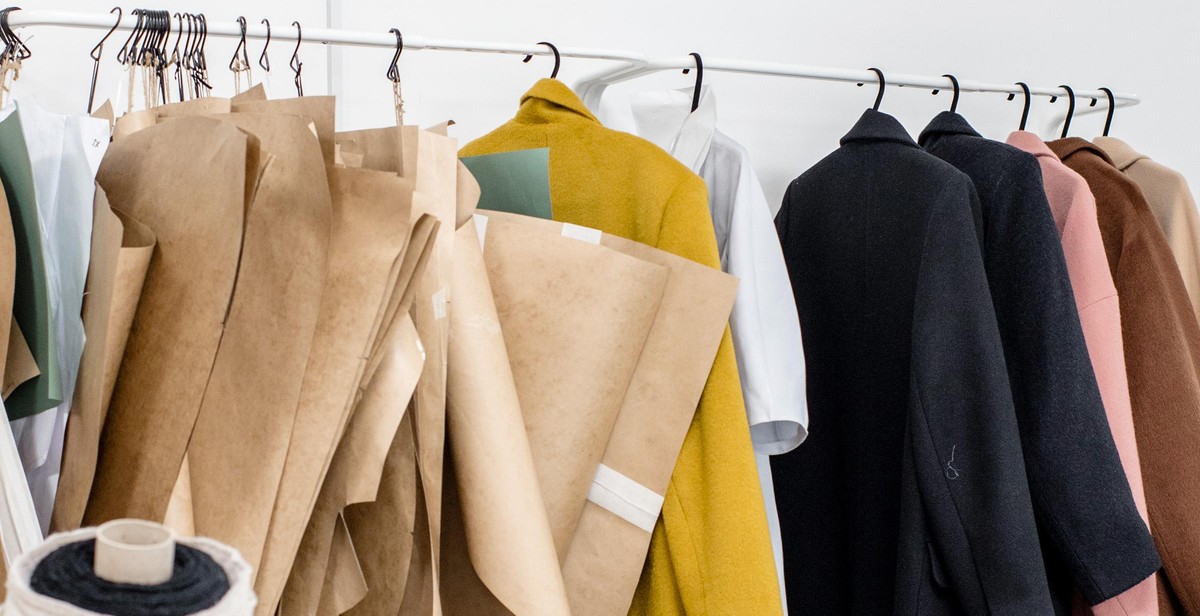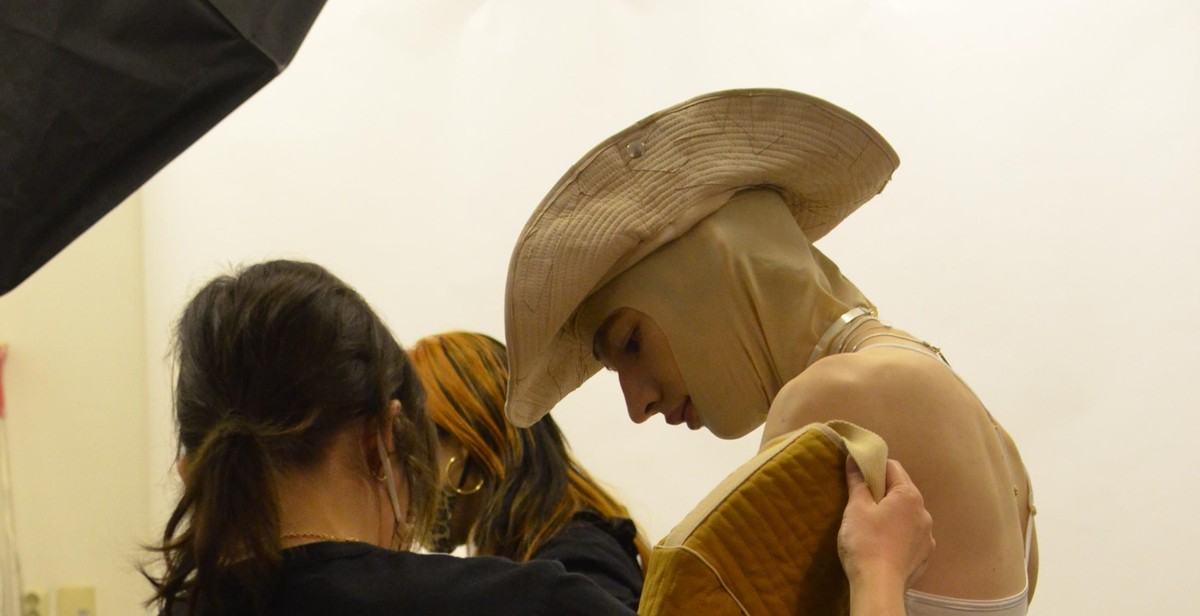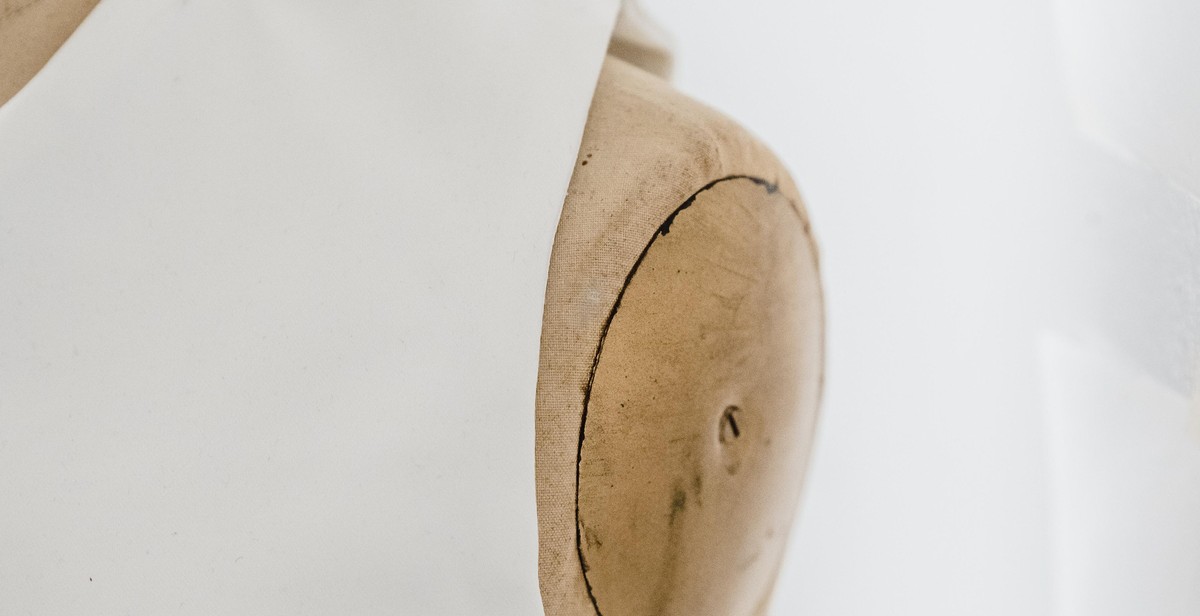How to Dress for Success in the Workplace: Professional Attire and Dress Code Tips
Dressing for success is a crucial aspect of workplace etiquette that every employee should consider. Your appearance speaks volumes about your personality, work ethic, and professionalism. The way you dress can influence the way you are perceived by your colleagues, superiors, and clients. Therefore, it is important to dress appropriately and professionally in the workplace.
Why Dressing for Success is Important
First impressions matter, and your appearance is the first thing people notice about you. Dressing appropriately for the workplace not only makes a good first impression but also shows that you take your job seriously. It demonstrates that you respect the company’s culture and values and are willing to adhere to the dress code policies.
Moreover, dressing for success can boost your confidence and self-esteem. When you look good, you feel good, and this can positively impact your performance and productivity. It can also help you stand out from your colleagues and create a professional image that can lead to career growth and advancement.
In this article, we will discuss professional attire and dress code tips that can help you dress for success in the workplace.

Understanding Dress Codes
When it comes to dressing for success in the workplace, it is important to understand the different types of dress codes that may be enforced. Dress codes can vary greatly depending on the industry, company culture, and specific job position. Here are the three main types of dress codes you may encounter:
- Business Formal: This is the most formal type of dress code and is typically reserved for high-level executives or special events. For men, this means a suit and tie, while women should wear a tailored suit or dress.
- Business Casual: This dress code is less formal than business formal, but still requires a professional appearance. Men can wear dress pants or khakis with a collared shirt, while women can wear a skirt or dress pants with a blouse or sweater.
- Casual: This dress code is the most relaxed and is typically only enforced in creative or tech industries. While jeans and t-shirts may be acceptable, it is still important to maintain a professional appearance.
What to Wear for Business Formal
When dressing for a business formal environment, it is important to choose clothing that is professional and conservative. Here are some tips:
- Men should wear a dark-colored suit with a white dress shirt and conservative tie.
- Women can wear a tailored suit or dress with conservative accessories.
- Avoid wearing anything too flashy or revealing.
- Make sure your clothing is clean and pressed.
What to Wear for Business Casual
Business casual dress codes are less formal, but still require a professional appearance. Here are some tips:
- Men can wear dress pants or khakis with a collared shirt, sweater, or blazer.
- Women can wear a skirt or dress pants with a blouse or sweater.
- Avoid wearing anything too casual, such as shorts or sneakers.
- Make sure your clothing is clean and wrinkle-free.
By understanding the different types of dress codes and what is appropriate for each, you can ensure that you are dressed for success in the workplace. Remember to always dress professionally, regardless of the dress code, as your appearance can greatly impact how you are perceived by others.

Professional Attire Tips
When it comes to dressing for success in the workplace, there are a few key tips to keep in mind. These tips will help you make a great impression on your colleagues and superiors, and ensure that you look and feel confident and professional throughout your workday.
Dress for the Industry
One of the most important things to consider when choosing your professional attire is the industry you work in. Different industries have different dress codes and expectations, so it’s important to do your research and dress accordingly.
For example, if you work in a creative industry like advertising or graphic design, you may have more flexibility to express your personal style through your clothing choices. On the other hand, if you work in a more traditional industry like law or finance, you may need to stick to more conservative and formal attire.
Invest in Quality Pieces
No matter what industry you work in, investing in high-quality pieces is key to looking professional and put-together. This doesn’t mean you need to break the bank on designer clothing, but it does mean that you should opt for well-made pieces that will last you for years to come.
Some key investment pieces to consider include a well-tailored suit, a classic trench coat, and a high-quality leather handbag or briefcase.
Wear Clothes that Fit Well
No matter how expensive or stylish your clothing is, if it doesn’t fit well, it won’t look professional. When shopping for professional attire, be sure to try everything on and pay close attention to the fit.
Some tips for ensuring a good fit include checking that the shoulders of jackets and blouses sit squarely on your shoulders, making sure pants and skirts are the right length, and avoiding clothing that is too tight or too loose.
Accessorize Appropriately
Accessories can add a great finishing touch to any professional outfit, but it’s important to choose them wisely. Stick to simple and classic pieces like a watch, a pair of stud earrings, or a tasteful necklace.
Avoid anything too flashy or distracting, and make sure that your accessories don’t clash with your outfit or make too much noise (e.g. jangling bracelets or noisy earrings).
- Remember to dress for the industry you work in
- Invest in high-quality pieces that will last
- Make sure your clothing fits well
- Choose simple and classic accessories
| Industry | Examples of Professional Attire |
|---|---|
| Law | A tailored suit, a button-down shirt, dress shoes |
| Finance | A conservative suit, a tie, dress shoes, a leather briefcase |
| Creative | A blouse or dress with a unique print, statement jewelry, trendy shoes |

Do’s and Don’ts of Workplace Attire
When it comes to dressing for success in the workplace, there are certain do’s and don’ts that you should keep in mind. These guidelines can help you make the right impression and show that you are a professional who takes their job seriously.
Do’s
- Do dress appropriately for your industry and company culture. Different industries and companies may have different expectations when it comes to workplace attire, so it’s important to do your research and dress accordingly.
- Do invest in quality clothing that fits well. Clothing that is too tight or too loose can be distracting and unprofessional, so make sure your clothing fits you properly.
- Do pay attention to grooming and hygiene. Make sure your hair is neat and clean, and that you are well-groomed. This can help you look polished and put-together.
- Do opt for classic, timeless pieces that can be mixed and matched. This can help you create a versatile wardrobe that can be worn in a variety of situations.
- Do pay attention to accessories. Accessories can be a great way to add personality to your outfit, but make sure they are appropriate for the workplace.
Don’ts
- Don’t wear clothing that is too revealing or casual. This can give off the impression that you are not taking your job seriously.
- Don’t wear clothing that is too flashy or trendy. While it’s great to show off your personal style, it’s important to keep it professional in the workplace.
- Don’t wear clothing that is too wrinkled or dirty. Make sure your clothing is clean and pressed, as this can make a big difference in your overall appearance.
- Don’t wear clothing that is too tight or too loose. As mentioned earlier, clothing that doesn’t fit properly can be distracting and unprofessional.
- Don’t wear clothing that is too casual or inappropriate for the workplace. This includes items like shorts, flip flops, and graphic t-shirts.
| Do | Don’t |
|---|---|
| Dress appropriately for your industry and company culture | Wear clothing that is too revealing or casual |
| Invest in quality clothing that fits well | Wear clothing that is too flashy or trendy |
| Pay attention to grooming and hygiene | Wear clothing that is too wrinkled or dirty |
| Opt for classic, timeless pieces that can be mixed and matched | Wear clothing that is too tight or too loose |
| Pay attention to accessories | Wear clothing that is too casual or inappropriate for the workplace |

Conclusion
In conclusion, dressing for success in the workplace is an essential aspect of your professional career. Your attire can have a significant impact on how you are perceived by your colleagues, clients, and superiors. It is crucial to understand the dress code and expectations of your workplace and industry, and to adhere to them.
Remember, dressing professionally doesn’t have to be boring or uncomfortable. There are plenty of ways to express your personal style while still looking polished and put-together. By investing in high-quality, versatile pieces, you can create a wardrobe that is both functional and fashionable.
When it comes to accessories, keep them simple and understated. Avoid anything too flashy or distracting, as this can detract from your overall professional image.
Finally, don’t forget the importance of grooming and hygiene. Make sure your hair, nails, and skin are well-maintained, and always practice good hygiene habits. These small details can make a big difference in how you are perceived by others.
Overall, remember these key tips:
- Research the dress code and expectations of your workplace and industry
- Invest in high-quality, versatile pieces
- Keep accessories simple and understated
- Pay attention to grooming and hygiene
By following these tips, you can dress for success and make a positive impression in the workplace.
| Related Articles | |
|---|---|
| The Importance of Professionalism in the Workplace | How to Build a Professional Wardrobe on a Budget |
